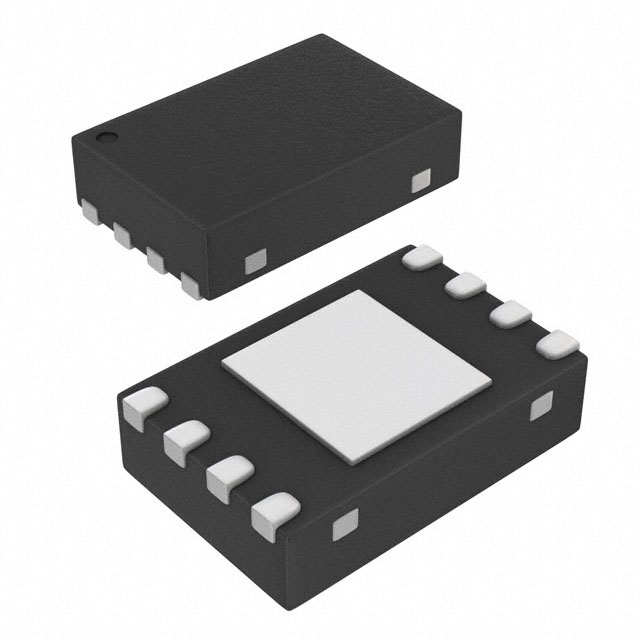DS92UT16TUF: Features: ` 832 Mbps LVDS 16-bit serializer and deserializer interface - Suitable for cable, printed circuit board, and backplane transmission paths - 10m cable at max LVDS data rate and greater t...
floor Price/Ceiling Price
- Part Number:
- DS92UT16TUF
- Supply Ability:
- 5000
Price Break
- Qty
- 1~5000
- Unit Price
- Negotiable
- Processing time
- 15 Days
SeekIC Buyer Protection PLUS - newly updated for 2013!
- Escrow Protection.
- Guaranteed refunds.
- Secure payments.
- Learn more >>
Month Sales
268 Transactions
Payment Methods
All payment methods are secure and covered by SeekIC Buyer Protection PLUS.

 DS92UT16TUF Data Sheet
DS92UT16TUF Data Sheet







